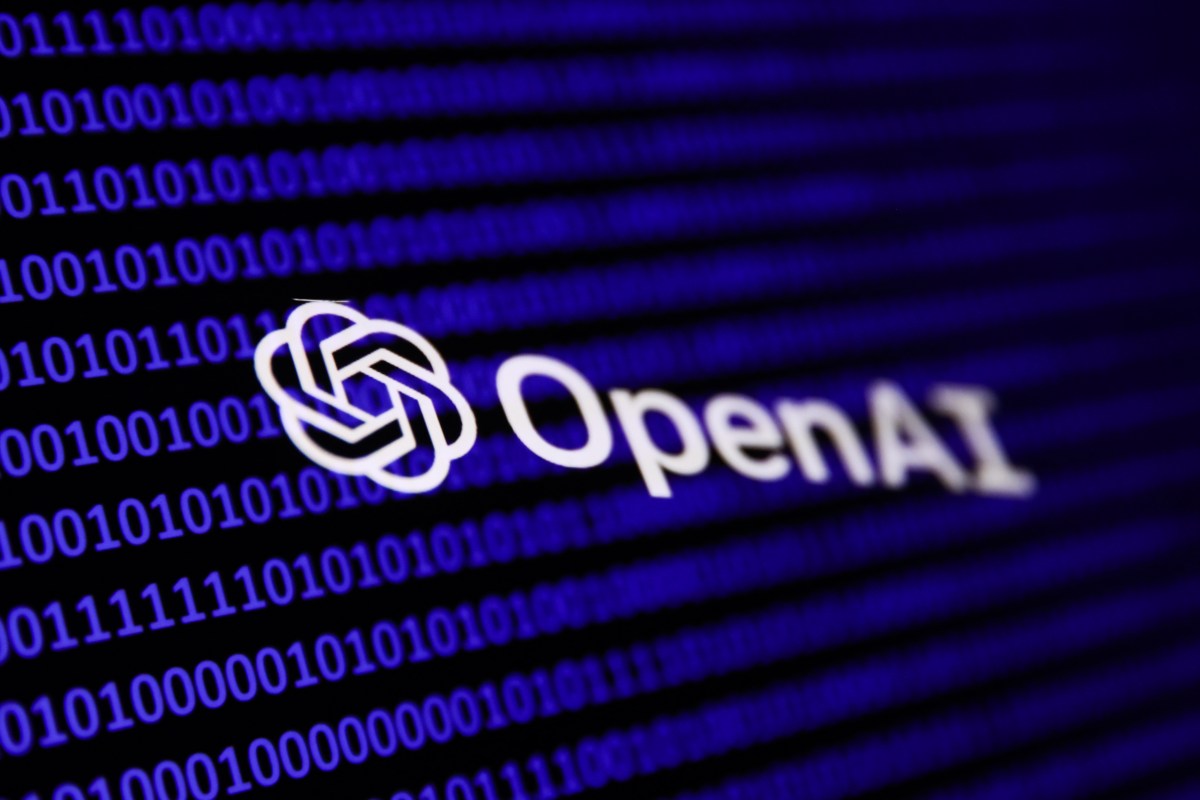OpenAI Unveils Its Priciest AI Model: o1-pro

OpenAI Launches the Advanced o1-pro AI Model
OpenAI has introduced a new and enhanced version of its AI model, called o1-pro, which is now available through its developer API. This new model is built to provide superior computational abilities to deliver more accurate and meaningful responses compared to its predecessor, o1.
Enhanced Performance
According to OpenAI, the o1-pro model utilizes significantly more computing resources than the original o1. The aim is to generate consistently improved answers to complex queries. However, access to this new model is currently limited to selected developers, specifically those who have invested at least $5 in OpenAI’s API services.
Pricing Structure
The costs associated with using o1-pro are notably high. OpenAI has set the following fees:
- Input Costs: $150 for every million tokens (approximately 750,000 words) processed by the model.
- Output Costs: $600 for every million tokens generated by the model.
These prices are notably higher than those for other models: they are double the cost of the GPT-4.5 model for input and ten times more than the standard o1 model.
Rationale Behind the Pricing
OpenAI believes that the enhanced capabilities of o1-pro will justify the steep pricing, enticing developers to invest in its services. A spokesperson from OpenAI shared, “o1-pro in the API is a version of o1 that uses more computing to think harder and provide even better answers to the hardest problems.” They are optimistic that the improvements seen in o1-pro will offer more reliable responses in AI applications.
User Feedback and Performance Tests
Despite OpenAI’s confidence, initial evaluations of the o1-pro model have not been entirely positive. Users testing o1-pro—who access it through the ChatGPT Pro subscription—have reported challenges with simple tasks. For instance, the model faltered on Sudoku puzzles and even struggled to understand straightforward optical illusion jokes.
Benchmark Insights
Internally conducted benchmarks by OpenAI from late last year offered further insights into o1-pro’s performance. While it demonstrated a slight edge over the standard o1 model, particularly in problem-solving tasks related to coding and mathematics, the improvements were marginal. However, it is noteworthy that o1-pro did provide more reliable answers in these areas.
Availability and Future Prospects
Overall, the launch of o1-pro represents OpenAI’s ongoing commitment to advancing AI capabilities. As developers begin to work with this model, it will be interesting to observe how its performance evolves over time and whether the promised enhancements will lead to broader adoption among the developer community.
In summary, while OpenAI’s o1-pro offers potential benefits through enhanced computational abilities, user experiences thus far suggest that it may take time for the model to fully realize its capabilities in practical applications.






